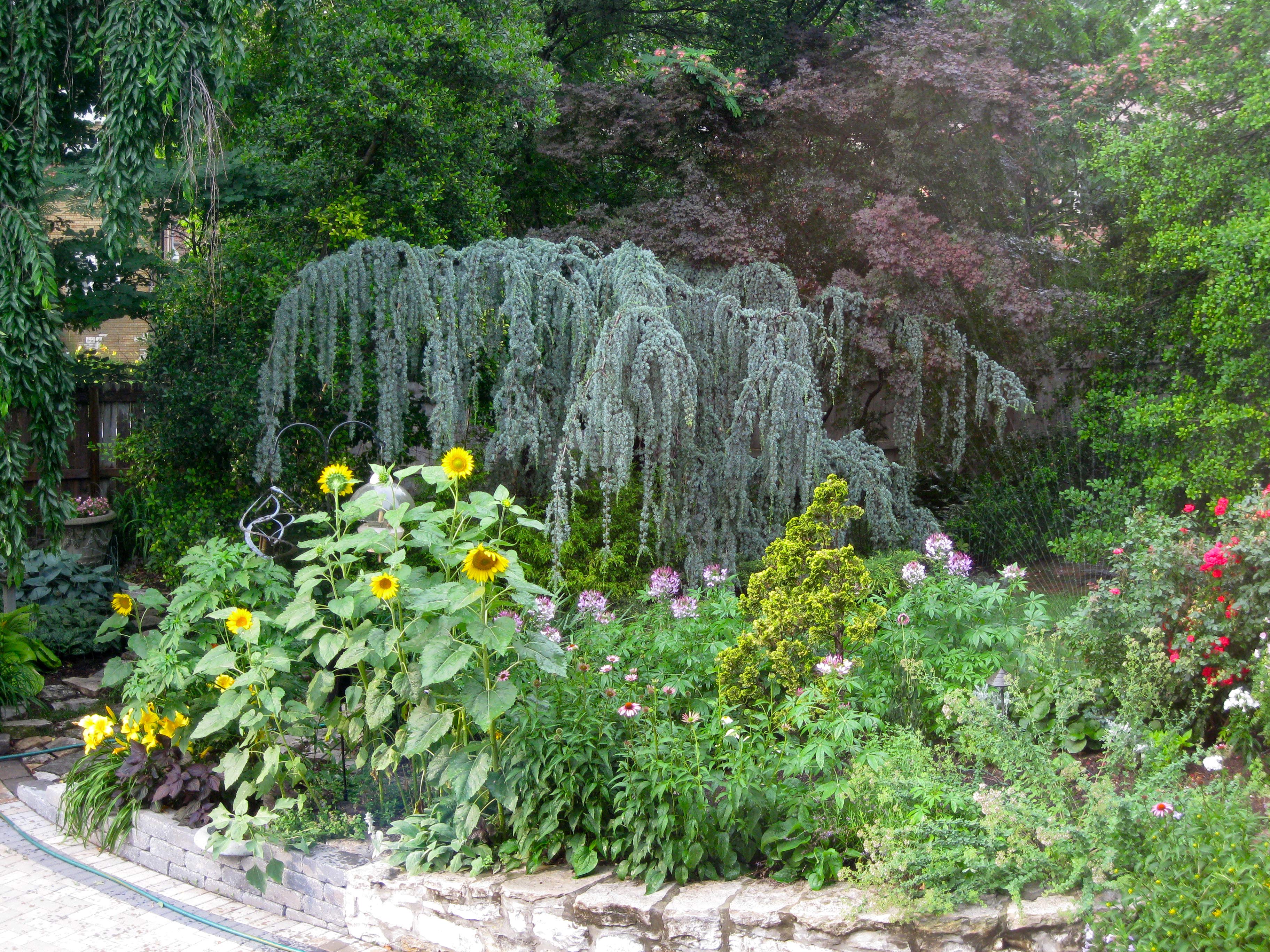We have many serious Master Gardeners in the Hills. We are committed to creating a more hospitable environment for native plants and wildlife without the use of pesticides/herbicides or systemic poisons.
Visit the Missouri Botanical Garden’s website for more information on plants:
missouribotanicalgarden.org/
The St. Louis Zoo is now promoting sustainable conservation. Visit their website to learn more about plant pollinators and many other fascinating subjects. WWW.stlzoo.org/pollinators
There are more species of bees in the world than all mammal and bird species combined. In North America there are around 4,000 species of bees. In Missouri there are over 400 species of bees, including 10 species of bumblebees. Honey bees are an exotic species first introduced into the New World in 1622.
Pollinators are often keystone species, meaning that they are critical to an ecosystem. As landscapes are converted from wild to managed lands, many pollinators’ habitats may be destroyed or fragmented. The Monsanto Insectarium at the Saint Louis Zoo is home to a working honeybee hive. The bees can be seen hard at work inside the Insectarium.
What you can do to help
Plant a Garden. You can help native pollinators, especially bees, by planting a pollinator-friendly garden.
• Maximize flower space and plant species diversity.
• Provide a succession of blooming plants throughout the growing season, spring through fall.
• Provide a mix of flower shapes to accommodate different species.
• Emphasize native perennial plants.
• Plant host plants to feed caterpillars as well as nectar plants for adult butterflies.
• Avoid horticultural plants, such as marigolds and roses, bred as “doubles” that provide little or no pollen and nectar.
• Choose non-chemical solutions to insect problems.
• Avoid using herbicides.
• Provide nesting habitat for bees, such as bare ground for digger and sweat bees and wood and dried plant stems for leaf cutter and carpenter bees. Or build your own bee condo.
• Practice peaceful coexistence. Bees sometimes choose to nest in inconvenient places. Rather than exterminating them, think of it as an opportunity to see and learn about them up close.
Visit the Pollinator Partnership and The Xerces Society for Invertebrate Conservation Pollinator Conservation Resource Center for more information.

